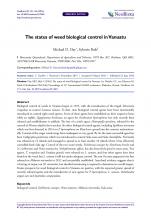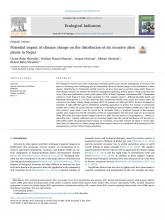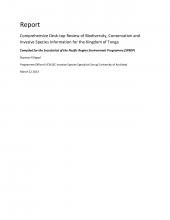Status and Genetic Structure of Nesting Populations of Leatherback Turtles (Dermochelys coriacea) in the Western Pacific
Ambio, Levi
,
Bakaressy, Jacob
,
Benson, Scott R.
,
Dutton, Peter H.
,
Hitipeuw, Creusa
,
Petro, George
,
Pita, John
,
Rei, Vagi
,
Zein, Mohammad
2007
A group of researchers, managers and tribal leaders with extensive local knowledge from Papua New Guinea, Solomon Islands, Vanuatu and Papua, Indonesia, provided new information on the status of leatherback nesting populations in the western Pacific Ocean. Twenty-eight nesting sites were identified, of which 21 were previously unknown or poorly described. Although data are still incomplete, we estimate a total of ca. 5000-9200 nests currently laid at 4 sites along the northwest coast (Bird's Head Peninsula) of Papua, Indonesia. Genetic analysis by using mitochondrial deoxyribonucleic acid sequences identified a total of 6 haplotypes among the 106 samples analysed for Solomon Islands, Papua and Papua New Guinea, including a unique common haplotype that is only found in these western Pacific populations. There was no significant difference in haplotype that is only found in these western Pacific populations. There was no significant difference in haplotype frequencies among these rookeries, which suggests that they represent a metapopulation composed of a single genetic rock. Further work is needed to define the demographic structure within this metapopulation.




